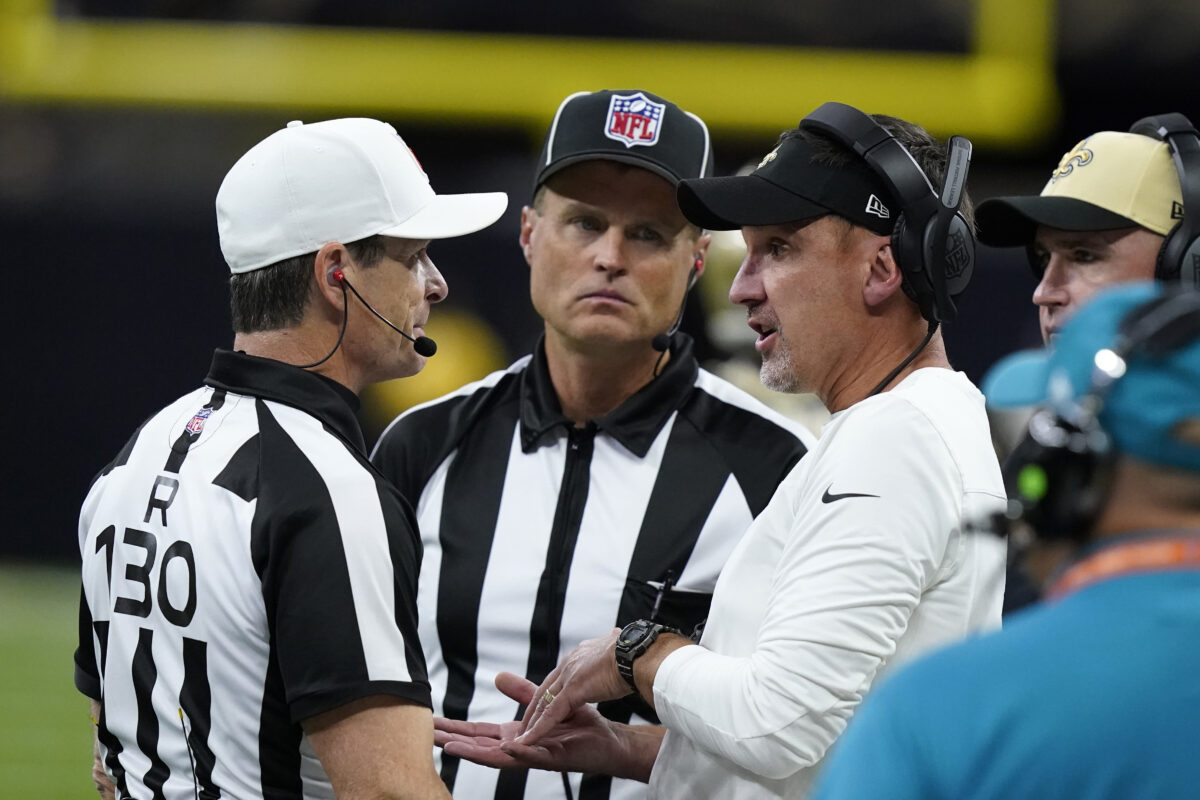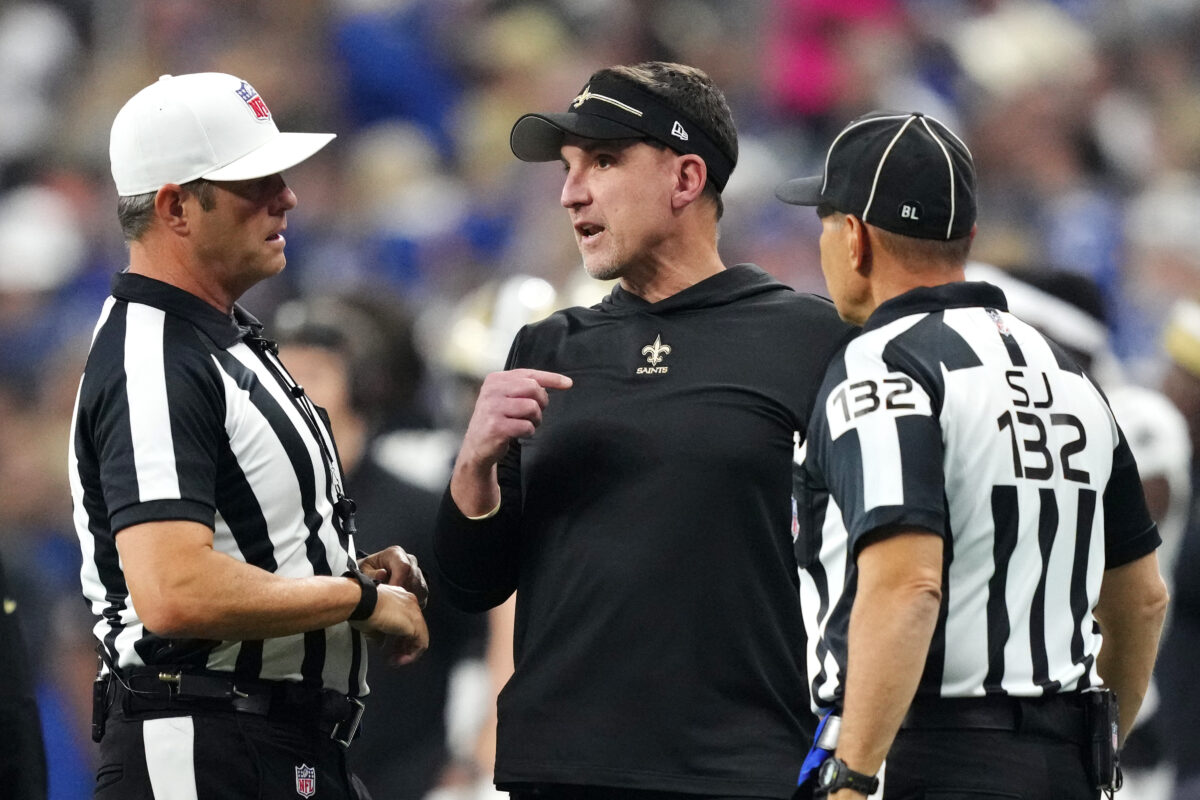With the vast and continuously growing world of social media, attracting and retaining followers on Instagram has never been harder. The updates of Instagram’s algorithm which are aimed to attack fake accounts or bots that make it difficult for users to depend on regular shortcuts like buying followers. These changes are the latest in a series of moves Instagram has made to try to enhance an authentic user experience. But it’s still possible to organically grow your following, provided you do it the right way.
In this publication we will talk about the current situation with the Instagram algorithm, why buying followers is more and more pointless and dangerous, and how services like Soc-Promotion can help to solve the problem, offering you real followers via legitimate advertising mechanism. We’ll also see how to try out Soc Promotion’s free Instagram followers and test the service without any SEO investment.
Instagram’s Constant Algorithm Updates: Well now we will take a look at the Challenge of Buying Followers.
Over the past several years, Instagram has changed its algorithms considerably to improve the user experience. Updates have made it harder to run dishonest tactics such as purchasing followers, or using bots to artificially inflate their numbers. While buying followers was once a popular method to boost social proof quickly, it has become less effective for several reasons:
- Instagram’s Bot Detection System: The platform has created some very sophisticated tools that can spot and kick out fake accounts — bot followers included. Now, Instagram tracks account behavior much more closely, monitoring how users behave with posts, stories, or any content in any way. As Instagram can flag an account as suspicious or inactive, it is most likely to take it off board.
- Decreased Engagement Rates: So, even if you manage to get your hands on undetectable followers, they are likely to have no interaction with your content. These fake accounts will not like, comment, nor share your posts. However, this results in a poor engagement rate, also known as a key metric Instagram uses for prioritizing content. Low engagement causes your posts to be seen less often, therefore your organic reach is compromised.
- Reputation Damage: A high following without a high engagement is a red flag not just for Instagram but also for a real user. If you do this, it can damage your brand’s credibility, and tell your potential followers that your numbers have been artificially inflated. Fake followers not only prevent brands and influencers from getting paid advertising opportunities but they can also lead to them being shamed by the press and lose business opportunities because brands are increasingly wary of working with anyone who has inflated metrics.
Finally these compounding factors make buying followers something rather risky, as opposed to a shortcut to your success. The short term payoff of seeming more famous than you actually are with fake followers far outweigh the consequences of it.
Why organic growth is the way towards everlasting success
How Instagram algorithm loves genuine engagement just as much as we love organic growth. Here are a few reasons why growing your following naturally is crucial:
- Better Engagement Rates: With real followers, your content is far more likely to appear in Instagram’s algorithm resulting in more engagement. The more engagement your posts get, the higher they’ll rank in your followers’ feeds and the Explore page, so get more followers.
- Brand Trust and Authenticity: The most important thing, in building trust with your audience, is to be authentic. It’s people who want to keep following accounts that offer some kind of value, whether that’s informative content, entertainment, or inspiration. Having organic followers means your content reaches out to people: it’s made your brand credible and maintains long term relationships with your audience.
- Sustainable Growth: This might seem to be effective in the short term, however since you are purchasing followers, it is a solution that is eventually going to damage your account. While organic growth takes time, it’s more likely to get you a loyal and engaged audience that really cares about your content and is more likely to support your business or personal brand.
Soc-Promotion: Instagram growth the Safe and Effective Way
Having a hard time to get followers on Instagram organically, many people are seeking these tools and services to stimulate the growth of their following base. However, one such service that can proudly put itself out there is Soc-Promotion which does posess real Instagram followers. Unlike other methods of bot or fake account counts, Soc-Promotion allows users to boost their following by real ads, promoting to real people interested in your content.
What Soc Promotions Are, and How They Work?
- Targeted Advertising: Soc-Promotions promote your Instagram Profile to a relevant audience using REAL Ad Campaigns. This will mean the people who have their interest in your content that actually see your account. In turn, these users are much more likely to follow your account and interact with your posts to get you higher engagement rates and sustained growth.
- Real Followers, No Risks: Because Soc Promotion only works with real advertising, you will actually get real followers and you don’t risk violating Instagram’s rules. This will keep your profile safe, and you won’t need to worry that Instagram will delete fake followers or punish your account for pretending to be worth more than you are.
- Free Instagram Followers for Testing: What sets Soc-Promotion apart, is the opportunity to test the service before making a financial commitment. On the other hand, you can get free Instagram followers on their trail program and you can see what exactly you are going to get from them. This is a perfect chance to test out the quality of the followers and the usefulness of the service without spending a dime on the up front investment.
What Soc_Promotion’s Approach Brings
- Compliance with Instagram’s Rules: As Soc-Promotion gets its users through advertising, all its followers are real customers that aren’t fake and won’t get your page banned. What this means is: you can add followers to your account without having to worry about getting dinged or risking losing followers.
- Higher Engagement Rates: Soc-Promotion followers are real people who will react physically to your content. As a result, your posts are more likely to be better ranked in Instagram’s algorithm, which in turn leads to higher engagement rates.
- Customizable Campaigns: With Soc-Promotion, you’re able to design campaigns according to your target audience. This allows you to target specific demographics, target people from specific areas, and target people interested in certain things so you know that your followers are in alignment with your niche or business goals.
Organic Growth Strategies 2024
Services like Soc-Promotion offer great support but make sure you pair that with strong organic growth strategy. Here are some tips to help you boost your followers naturally:
- Consistent Posting Schedule: Posting regularly keeps your profile active and will more likely hit more eyes. Consistency is key – if you want to post daily, bi weekly or weekly, be consistent with how often you post, and make sure your audience knows when to expect new content.
- Engage with Your Audience: However, replying to comments, liking posts and engaging other peoples’ content will build relationships and attract more followers. The more interactive you are the more likely it is that Instagram’s algorithm will prioritize your content.
- Use Instagram Stories and Reels: Stories and Reels are still given the most attention in the Instagram algorithm. This is just awesome and these formats are terrific to show behind scenes, tutorials or viral challenges to cover a much larger audience.
- Hashtag Strategy: Still relevant if you use the relevant hashtags to get your content in front of new users. But don’t overburden your posts with generic hashtags, instead narrow your hashtags to niches in your content for more views.
- Collaborate with Influencers or Brands: Collaborate with influencers and brands that fit in your niche to get your profile in front of new audiences. Partnerships are a powerful growth tool in organic ways whether that be shoutouts, giveaways, or joint content.
Conclusion: How to Grow Your Instagram Following The Right Way
With Soc-Promotion’s marketing services, 2024 is all about organically growing your Instagram following, in combination with smart usage of marketing services. With Instagram’s algorithms on a never ending crusade against bots and fake followers, it’s now more important than ever to shift your focus to building real followers (who are engaged with your content) and spreading your brand as sustainably as possible.
Soc Promotion is the safe, reliable, and effective way to grow your Instagram audience risk free from buying fake followers. They use targeted advertising campaigns so that you bring in followers who actually care about your content, thereby increasing engagement and helping you to grow your influence on Instagram. Be sure to try their free trial to see for yourself the power of real follower growth!
Ethical marketing tools like Soc Promotion combined with a solid organic growth technique guarantee success on Instagram in the long term — a friendly audience that will keep supporting your brand in the next couple of years.






